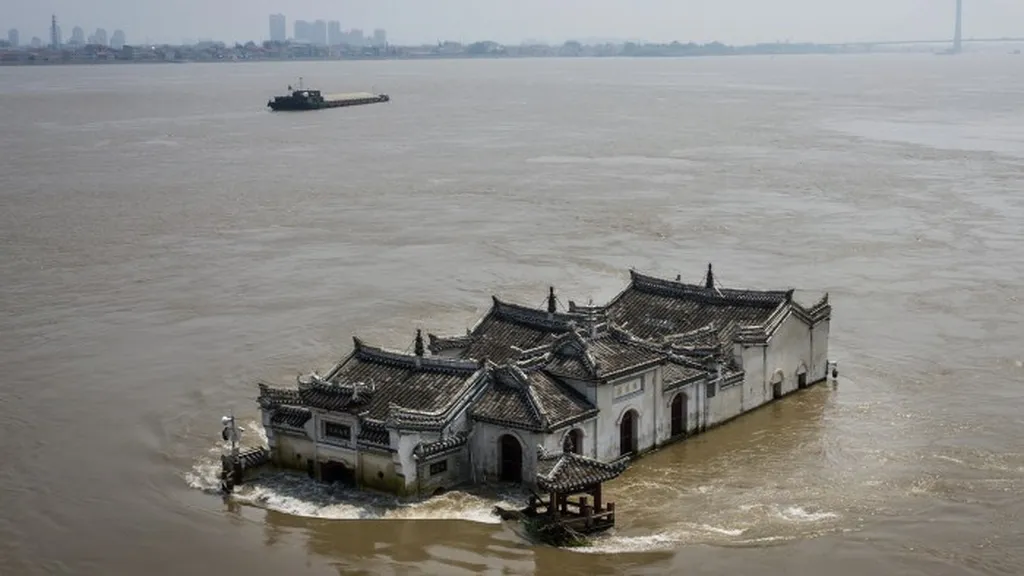In the heart of China’s industrial and economic lifeline, the Yangtze River, a silent revolution is brewing. Not on the bustling decks of cargo ships, but in the power systems that propel them. A recent study published in the journal *Energies* has shed light on the low-carbon future of inland waterway vessels, offering a roadmap that could reshape the energy sector.
Led by Yanqi Liu from CSSC International Engineering Co., Ltd. in Beijing, the research systematically explores the feasibility, emission reduction potential, and economic viability of various power systems for inland waterway vessels. The findings provide a stark reality check and a glimmer of hope for the energy sector.
The study reveals that while liquefied natural gas (LNG) and methanol fuels offer significant short-term emission reductions for internal combustion engine power systems, they are not without challenges. “LNG faces constraints from methane slip, and methanol is hindered by insufficient green production capacity,” Liu explains. This is a call to action for the energy sector to ramp up green methanol production and improve LNG infrastructure to mitigate methane emissions.
Ammonia, a zero-carbon fuel, is another promising candidate. However, its application is currently hampered by combustion stability issues and the need for synergistic control of nitrogen oxides (NOX). This presents an opportunity for energy companies to invest in research and development to overcome these technical hurdles.
Electric vessels, with their high decarbonization potential, are limited by battery energy density, which restricts their range. Meanwhile, proton exchange membrane fuel cells (PEMFC) and solid oxide fuel cells (SOFC) face lifespan and thermal management challenges, respectively. These are areas where energy technology companies can innovate and make a significant impact.
Hybrid and range-extended power systems, with their superior energy efficiency and lower retrofitting costs, are seen as transitional solutions. However, they are currently challenged by inadequate energy management strategies and multi-equipment communication protocol interoperability. This is a clear signal for the energy sector to develop advanced energy management systems and standardized communication protocols.
The study proposes a phased transition pathway, with LNG/methanol engines and hybrid systems dominating during 2025–2030, ammonia-powered systems and solid-state batteries scaling during 2030–2035, and zero-carbon shipping via green hydrogen/ammonia post-2035. This roadmap provides a clear direction for the energy sector to plan and invest in the future of inland waterway vessels.
The research, published in the open-access journal *Energies*, is a significant step towards a low-carbon future for inland waterway vessels. It offers a comprehensive analysis of the current state and future potential of various power systems, providing valuable insights for policymakers, energy companies, and technology developers. As the world grapples with climate change, this study serves as a beacon of hope and a call to action for the energy sector.

